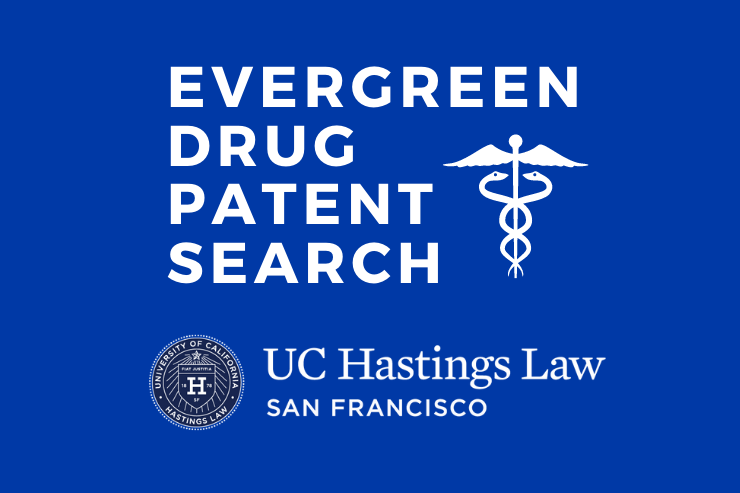Evergreen Drug Patent Database - Center for Innovation
Evergreening is a strategy used by pharmaceutical companies to extend the life of their drug patents and monopoly periods by obtaining additional protections, often based on minor modifications.
This searchable drug patent database reports patent extensions by pharmaceutical companies from 2005 to 2018 on brand-name drugs, listed in the Federal Drug Administration’s Orange Book, that may have been taken to prolong patents for trivial reasons. The Evergreen Drug Patent Search is based on peer-reviewed research by Professor Robin Feldman and provided to the public through the Center for Innovation at the UC Law SF.
The Center for Innovation hopes that policymakers and other stakeholders use this information to identify potential problems with drug patent evergreening and develop new solutions so that everyone can access the life-saving medications that they need. (See About the Data and How to Use this Database.)

What’s Wrong with Evergreening?
Once pharmaceutical companies start down the road of extending their patent protections, they show a tendency to return to the well, with the majority adding more than one extension, and half becoming serial offenders. The problem is growing.
Drug patent evergreening behavior may limit low-cost generic drug competition and keep drug prices high in two primary ways:
- If a generic drug seeks market entry through the expedited Hatch-Waxman Act process, the generic drug must establish that the brand drug’s patents are expired, invalid, unenforceable, or not infringed upon. The sheer volume of a brand drug’s patents or exclusivities (“number of protections”) increases the obstacles a generic must overcome to gain market entry.
- Additional patents or exclusivities can also extend the amount of time a drug is protected (“total amount of extra protection”).